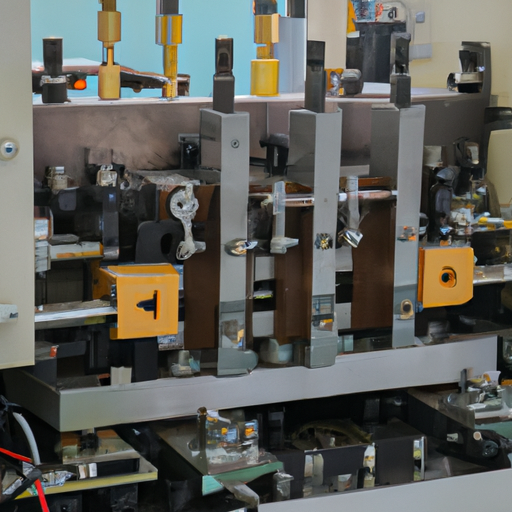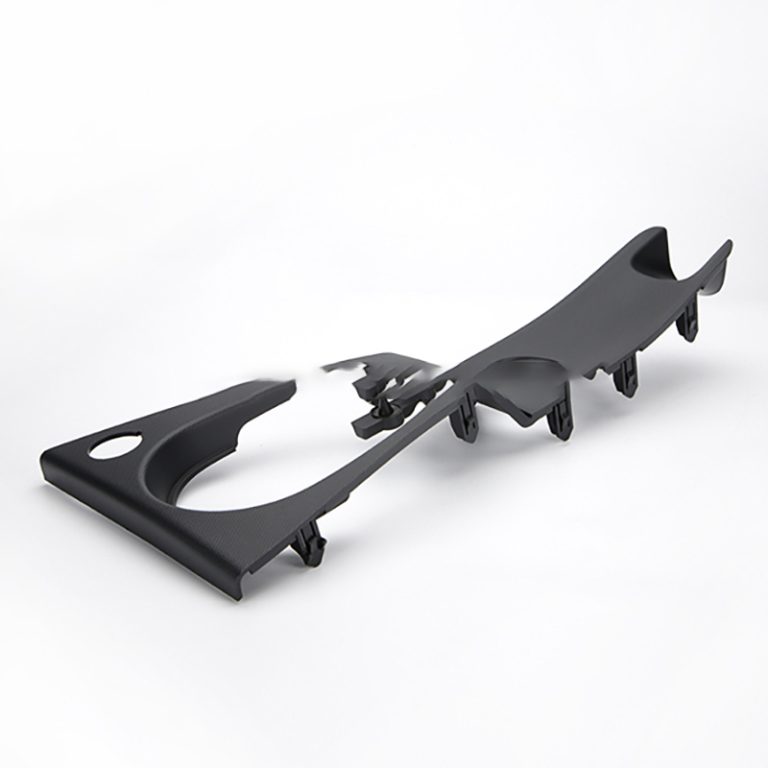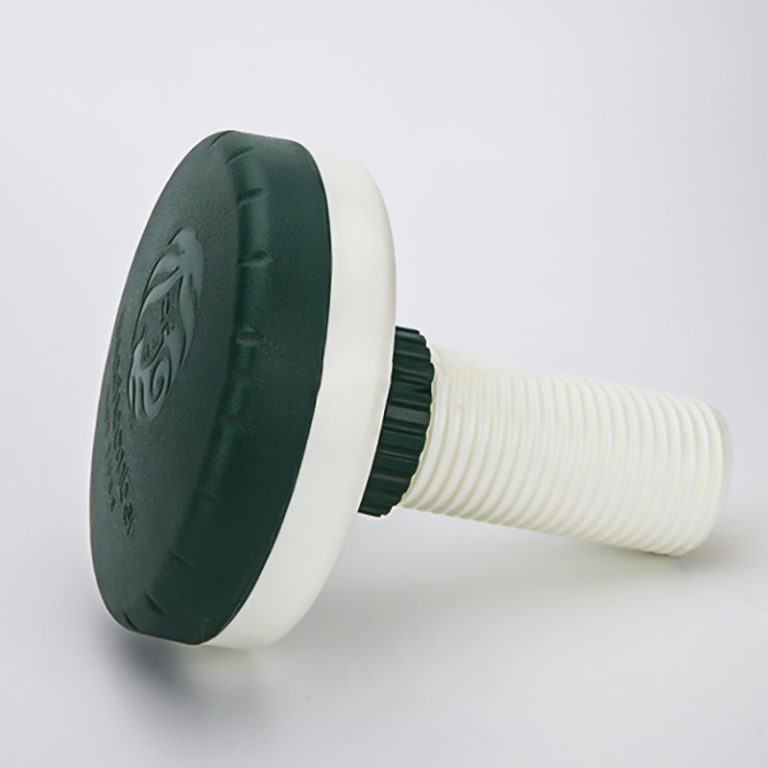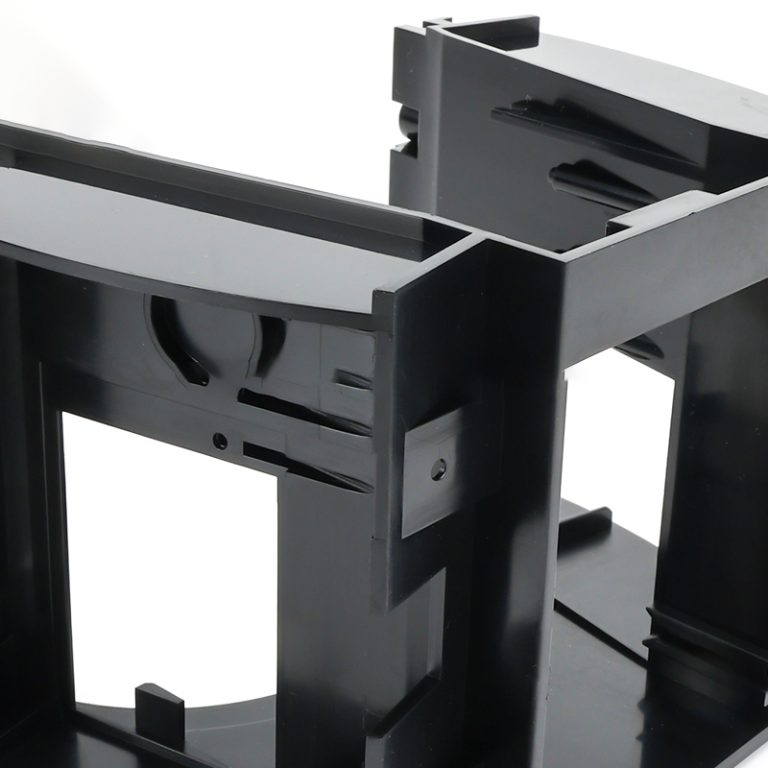The Basics of Plastic Machine Injection Molding

Plastic machine injection molding is a widely used manufacturing process that involves injecting molten plastic into a mold to create a wide range of plastic products. This process is known for its efficiency, versatility, and cost-effectiveness, making it a popular choice for many industries.
The first step in plastic machine injection molding is the design and creation of the mold. The mold is typically made from steel or aluminum and is precision-machined to create the desired shape of the final product. The mold consists of two halves, the cavity and the core, which are designed to fit together perfectly.

Once the mold is ready, the next step is the injection of the plastic material. The plastic material, usually in the form of pellets or granules, is heated until it reaches a molten state. It is then injected into the mold under high pressure using a specialized injection molding machine.
The injection molding machine consists of a hopper, where the plastic material is fed into, and a screw or plunger that pushes the material into the mold. The machine also has a heating element to melt the plastic and a cooling system to solidify it once it is injected into the mold.
During the injection process, the molten plastic fills the cavity of the mold, taking on its shape. The high pressure ensures that the plastic material is evenly distributed throughout the mold, resulting in a uniform and high-quality product. The injection process is quick, with cycle times ranging from a few seconds to a few minutes, depending on the complexity of the product.
After the plastic material has been injected into the mold, it is allowed to cool and solidify. This is known as the cooling phase. The cooling time can vary depending on the type of plastic used and the size and thickness of the product. Once the plastic has solidified, the mold is opened, and the finished product is ejected.
Plastic machine injection molding offers several advantages over other manufacturing processes. Firstly, it allows for the production of complex and intricate shapes that would be difficult or impossible to achieve with other methods. The high precision and repeatability of the process ensure that each product is identical to the next.
| Material selection | size |
| ABS/PET/PEEK/ETC. | customization |
Additionally, plastic machine injection molding is a highly efficient process. The use of automated machines and the ability to produce multiple products simultaneously result in high production rates and reduced labor costs. The process also generates minimal waste, as any excess plastic can be recycled and reused.
Furthermore, plastic machine injection molding is a cost-effective manufacturing method. The initial investment in the mold and machinery may be high, but the low cost per unit produced makes it economical for large-scale production. The ability to produce products with a high level of detail and complexity also adds value to the final product.
In conclusion, plastic machine injection molding is a versatile and efficient manufacturing process that is widely used in various industries. Its ability to produce complex shapes, high precision, and cost-effectiveness make it a popular choice for many manufacturers. With advancements in technology, the process continues to evolve, offering even more possibilities for the production of plastic products.






